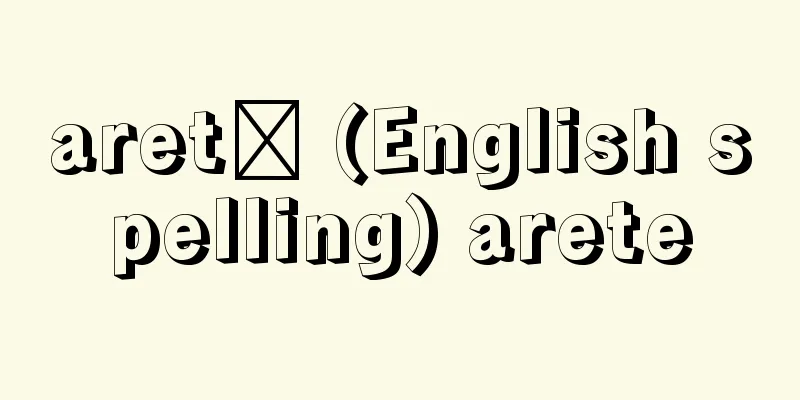Erard, P. - Erard

|
… In the first half of the 19th century, various technical innovations and improvements were made. In 1822, the French Sébastien Érard (1752-1831) and his nephew Pierre É. (1794-1865) invented the double escapement in the action, which became common in the second half of the century. In the middle of the century, after various attempts, felt-wrapped hammers began to be used. … *Some of the terminology that mentions "Erard, P." is listed below. Source | Heibonsha World Encyclopedia 2nd Edition | Information |
|
… 19世紀前半にはさらにさまざまな技術的くふうと改良がなされた。アクションの面では1822年にフランスのエラールSébastien Érard(1752‐1831)とその甥ピエールPierre É.(1794‐1865)がダブル・エスケープメントを考案,これは世紀後半に一般化した。世紀中ごろには種々の試みの末,フェルト巻きのハンマーが使われ始めた。… ※「エラール,P.」について言及している用語解説の一部を掲載しています。 出典|株式会社平凡社世界大百科事典 第2版について | 情報 |
>>: Ellery Queen's Mystery Magazine
Recommend
Extended burial - Shintenso
A burial method in which the deceased is buried w...
Waldorf - Waldorf
…American saloons, which were bars licensed to se...
Renner, Karl
Born: December 14, 1870 in Dolny Duna Jowicki Died...
Wash weir method - Araizekihoshiki
…In contrast, before technology was developed, sh...
Ashuk - Ashuk
...Today, many people are engaged in agriculture ...
Space communications
Wireless communication via space. With the advent...
Minase Shrine
A shrine located in Hirose, Shimamoto-cho, Mishima...
Hubble's Law
This law indicates that the more distant a galaxy...
Amphitheatre - amphitheatre
This is one of the ancient Roman ruins in Merida, ...
Fixed term deposit
A general term for deposits that, in principle, ca...
Spruance (English spelling) Raymond Ames Spruance
1886‐1969 A US Navy admiral who played an active r...
Blue vine
Also called kamiebi. A deciduous woody vine of the...
Turner, R.
…Other greenhouses, with walls on the north side ...
"The Story of the Extermination of Christians"
...It is a mix of fact and fiction about the intr...
Carrying a child - Carrying a child
〘noun〙 (From the practice of women holding the bod...





![Oyodo [town] - Oyodo](/upload/images/67cb190d76f69.webp)



